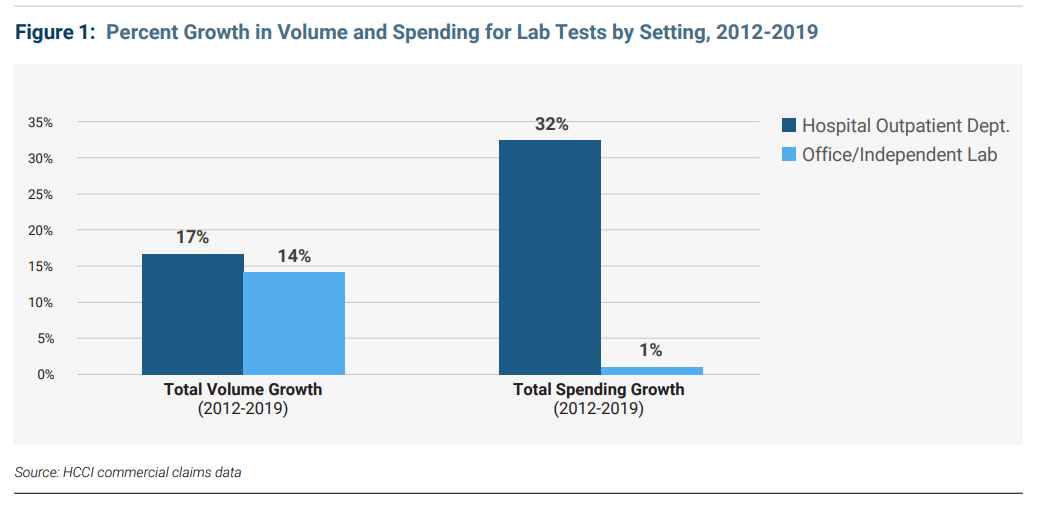Briefs
-
Biosimilar Savings among People with Employer-Sponsored Insurance Not Keeping Pace with Savings in Medicare
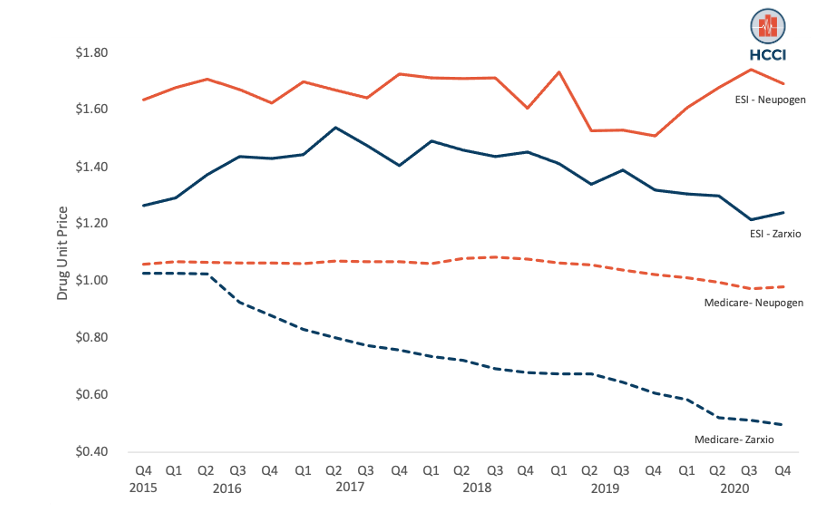 Read more: Biosimilar Savings among People with Employer-Sponsored Insurance Not Keeping Pace with Savings in Medicare
Read more: Biosimilar Savings among People with Employer-Sponsored Insurance Not Keeping Pace with Savings in MedicareBiologic drugs include a range of life-saving medications to treat cancer, diabetes, rheumatoid arthritis, retinal diseases, and many other conditions. Unlike “small molecule” drugs (e.g., statins), which can generally be taken at home, biologics are typically infusions or injections which require administration by a physician or other clinician in a hospital or physician’s office. While just…
-
Children’s Health Services 2020 Report
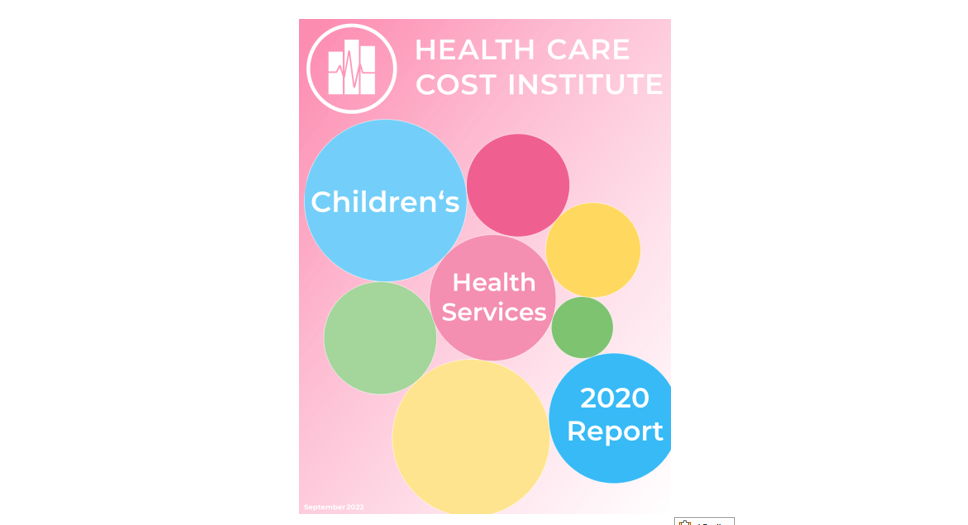 Read more: Children’s Health Services 2020 Report
Read more: Children’s Health Services 2020 ReportThe population with employer-sponsored health insurance (ESI) includes individuals who receive health insurance coverage from an employer, including employees and their dependents, such as spouses and eligible children. Half of the children in the U.S. are covered by ESI, making this form of coverage the largest source of insurance for American children. In this report,…
-
COVID-19 Disrupted On-Time Vaccination Rates In ESI and Medicaid in 2020
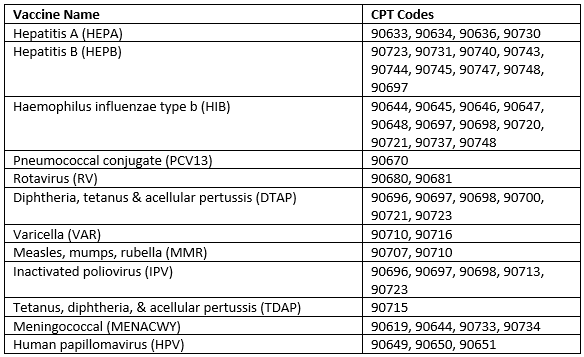 Read more: COVID-19 Disrupted On-Time Vaccination Rates In ESI and Medicaid in 2020
Read more: COVID-19 Disrupted On-Time Vaccination Rates In ESI and Medicaid in 2020It is no secret that the COVID-19 pandemic upended the U.S. health care system in 2020, with effects still being felt in 2022. HCCI previously published a brief that showed precipitous drops in the utilization of several preventive health care services in early 2020. Several news outlets have also covered the effect of the pandemic on routine…
-
Mental Health and Respiratory Admissions Account for the Majority of Non-Newborn Children’s Hospitalizations from 2016-2020
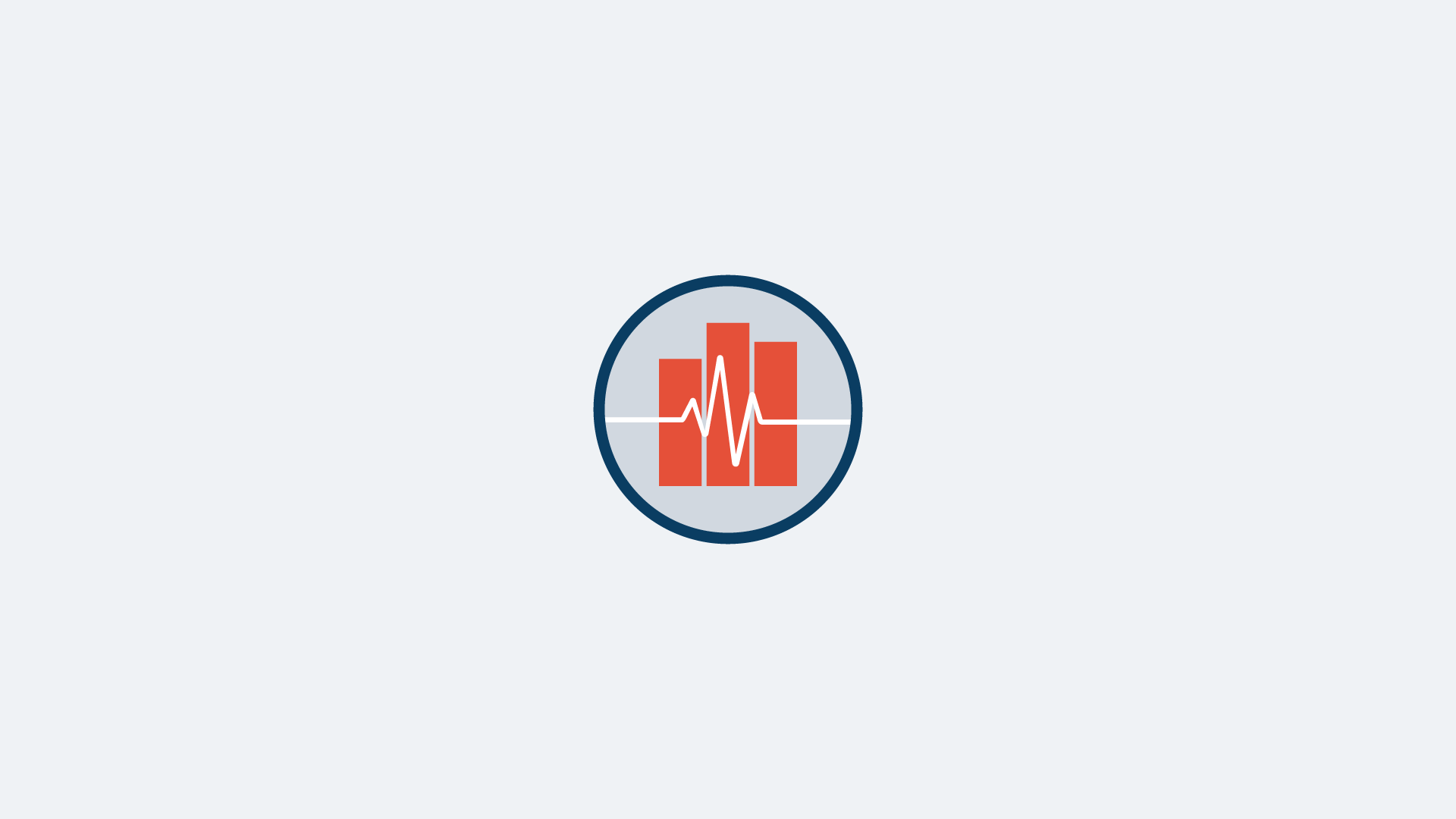 Read more: Mental Health and Respiratory Admissions Account for the Majority of Non-Newborn Children’s Hospitalizations from 2016-2020
Read more: Mental Health and Respiratory Admissions Account for the Majority of Non-Newborn Children’s Hospitalizations from 2016-2020Half of American children have health insurance coverage through an employer (typically as a dependent on a parent’s coverage). Therefore, a major asset of employer-sponsored insurance (ESI) claims data is the opportunity to understand more about how children use and experience the health care system. In this brief, we use HCCI’s unique national dataset encompassing…
-
Use of and Spending on Firearm-Related Injuries Increased among People with Employer-Sponsored Health Insurance from 2016-2020
 Read more: Use of and Spending on Firearm-Related Injuries Increased among People with Employer-Sponsored Health Insurance from 2016-2020
Read more: Use of and Spending on Firearm-Related Injuries Increased among People with Employer-Sponsored Health Insurance from 2016-2020The Centers for Disease Control and Prevention (CDC) reports that there were more than 45,000 firearm-related deaths in 2020; in addition, evidence suggests that there were an additional 2-3 nonfatal firearm injuries seen per death. Recent studies estimate that more than 200 people are injured by firearms each day, and the notable tragedies in 2022,…
-
HCCUR Data Point: Trends in Total (Administered and Prescription) Drug Spending in ESI
 Read more: HCCUR Data Point: Trends in Total (Administered and Prescription) Drug Spending in ESI
Read more: HCCUR Data Point: Trends in Total (Administered and Prescription) Drug Spending in ESITotal spending on drugs includes spending on prescription drugs (typically oral medications prescribed by a physician, picked up by a patient at a local pharmacy, and taken at home) and administered drugs (typically injected or infused under the supervision of a health care professional either in an outpatient facility or physician office). In HCCI’s Health Care Cost…
-
Employer-Sponsored Health Insurance Plays a Significant Role in Vulnerable and Rural Communities
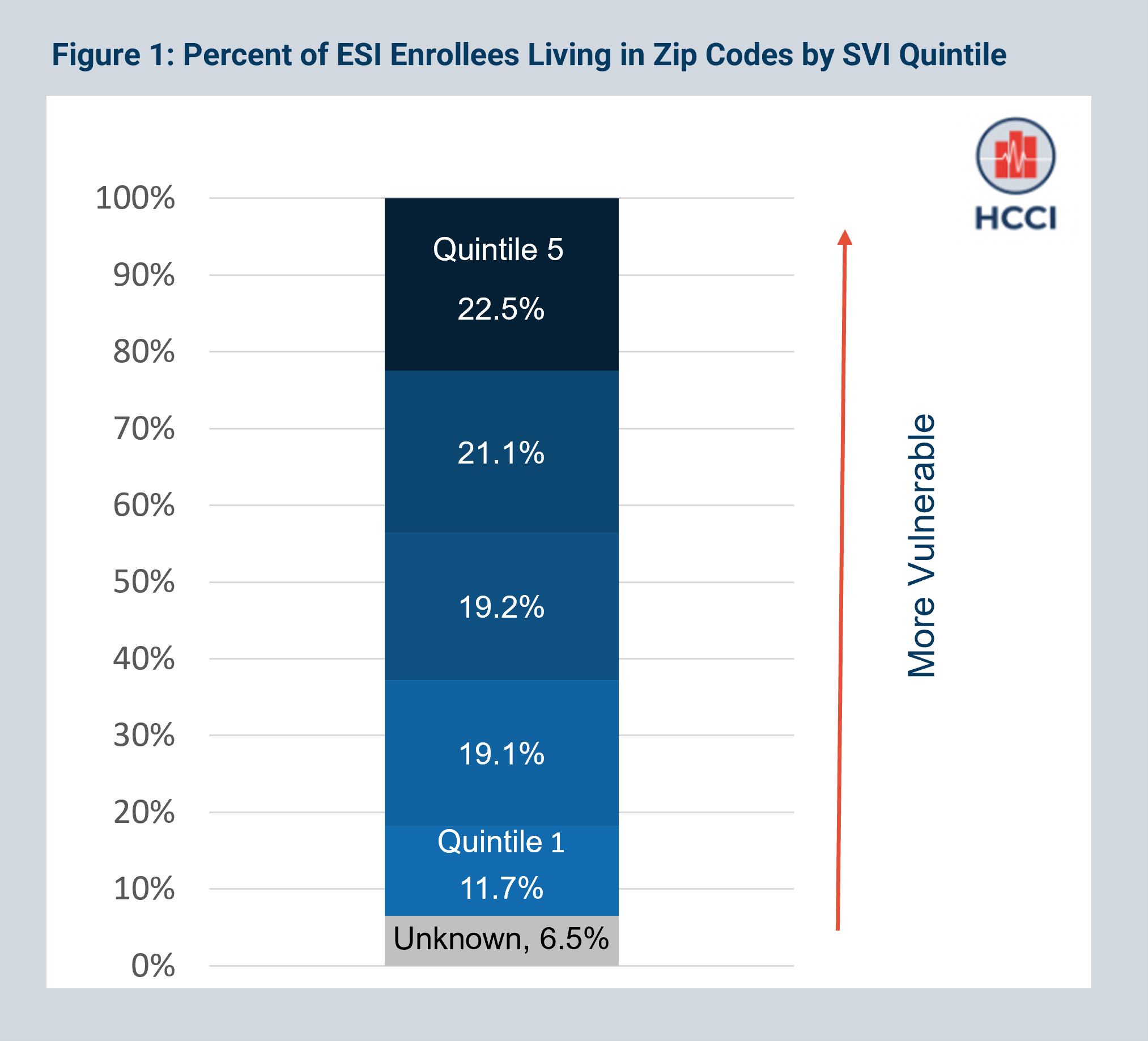 Read more: Employer-Sponsored Health Insurance Plays a Significant Role in Vulnerable and Rural Communities
Read more: Employer-Sponsored Health Insurance Plays a Significant Role in Vulnerable and Rural CommunitiesHealth care insurance claims data capture what health care services people use and how much they pay. These data are crucial for understanding the state of the U.S. health care system, including aspects that function well, those that need improvement, and how to achieve better health and access to care across populations. In this report,…
-
HCCUR Data Point: Use and Spending on Clinician Services in Hospital and Non-Hospital Settings
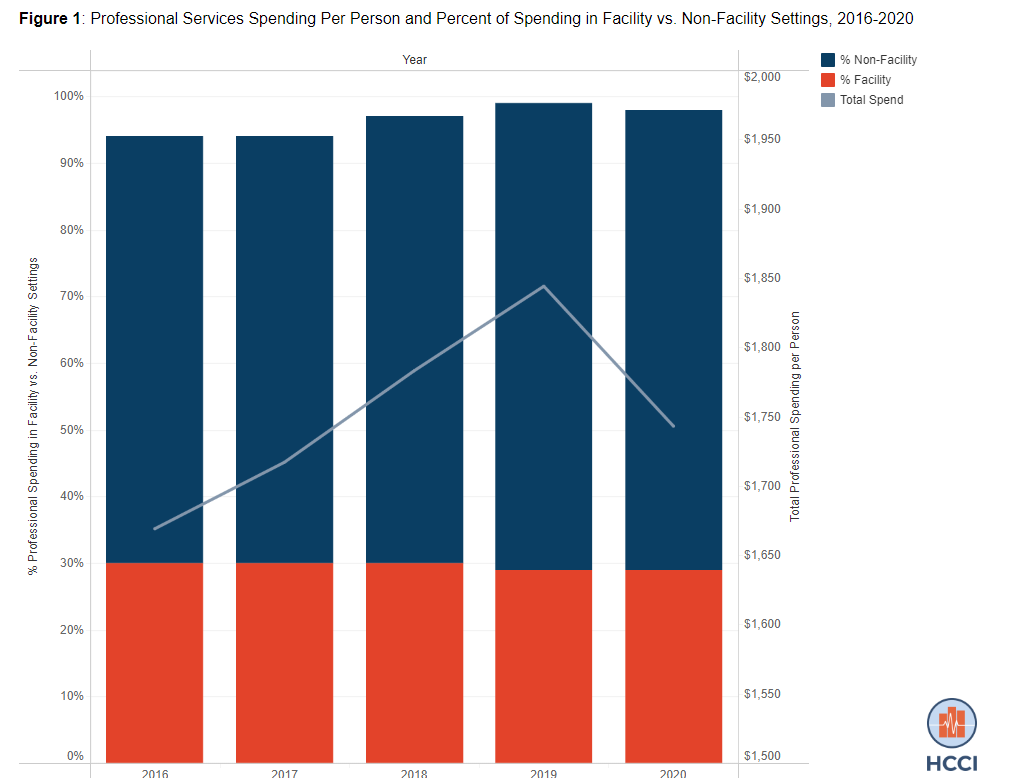 Read more: HCCUR Data Point: Use and Spending on Clinician Services in Hospital and Non-Hospital Settings
Read more: HCCUR Data Point: Use and Spending on Clinician Services in Hospital and Non-Hospital SettingsIn HCCI’s Health Care Cost and Utilization Report (HCCUR), we report per person spending on health care services of $5,607 in 2020. Of this spending, $1,514 (27%) was on services that occurred in a hospital outpatient setting and $1,071 (19%) was on services that occurred in a hospital inpatient setting. These spending amounts do not…
-
Price Markups for Clinical Labs: Employer‑based Insurance Pays Hospital Outpatient Departments 3X More Than Physician Offices and Independent Labs for Identical Tests
Read more: Price Markups for Clinical Labs: Employer‑based Insurance Pays Hospital Outpatient Departments 3X More Than Physician Offices and Independent Labs for Identical TestsThe Health Care Cost Institute (HCCI) in collaboration with West Health conducted an analysis of the high prices that employer-based insurance pays hospital outpatient departments for clinical lab tests. We found that insurers are paying 3 times more for identical tests (such as simple blood and urine tests) when billed by hospital outpatient departments compared to…
-
International comparisons of health care prices from the 2019 iFHP study
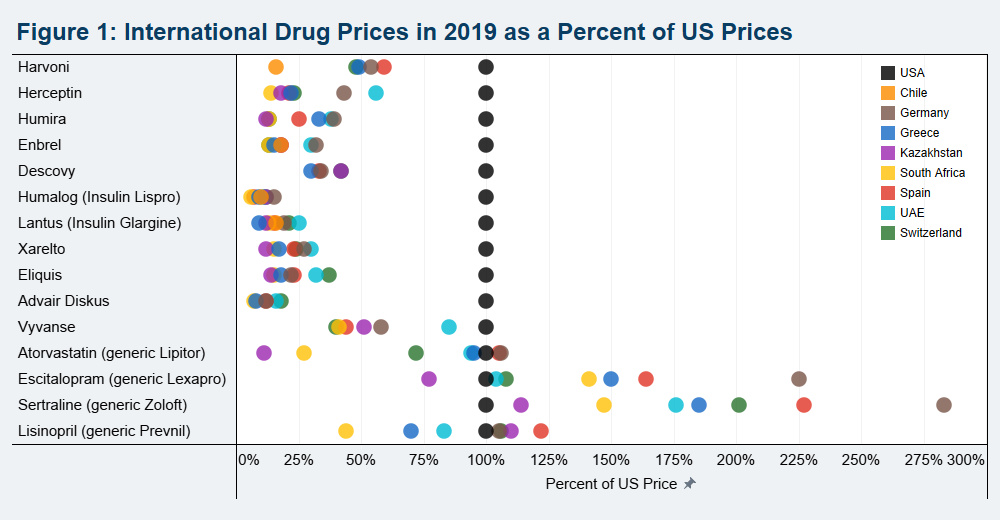 Read more: International comparisons of health care prices from the 2019 iFHP study
Read more: International comparisons of health care prices from the 2019 iFHP studyThe International Federation of Health Plans (iFHP), an executive network of the global health insurance industry based in London, in partnership with the Health Care Cost Institute (HCCI) in the United States, and iFHP member companies in multiple countries, today published the latest International Health Cost Comparison Report. The report compares the median prices paid…

